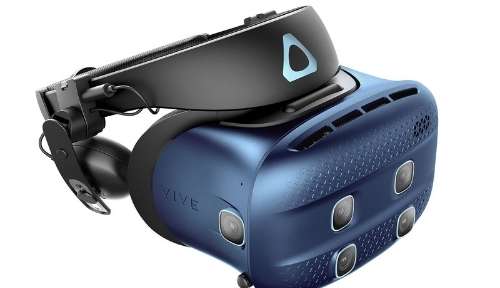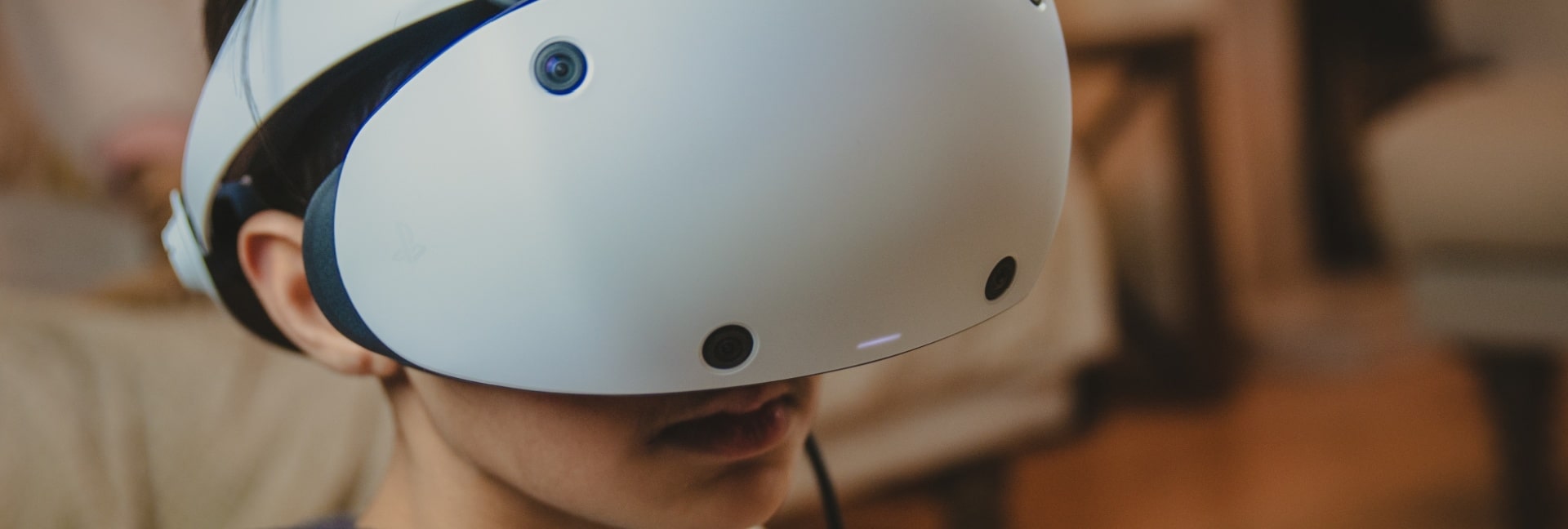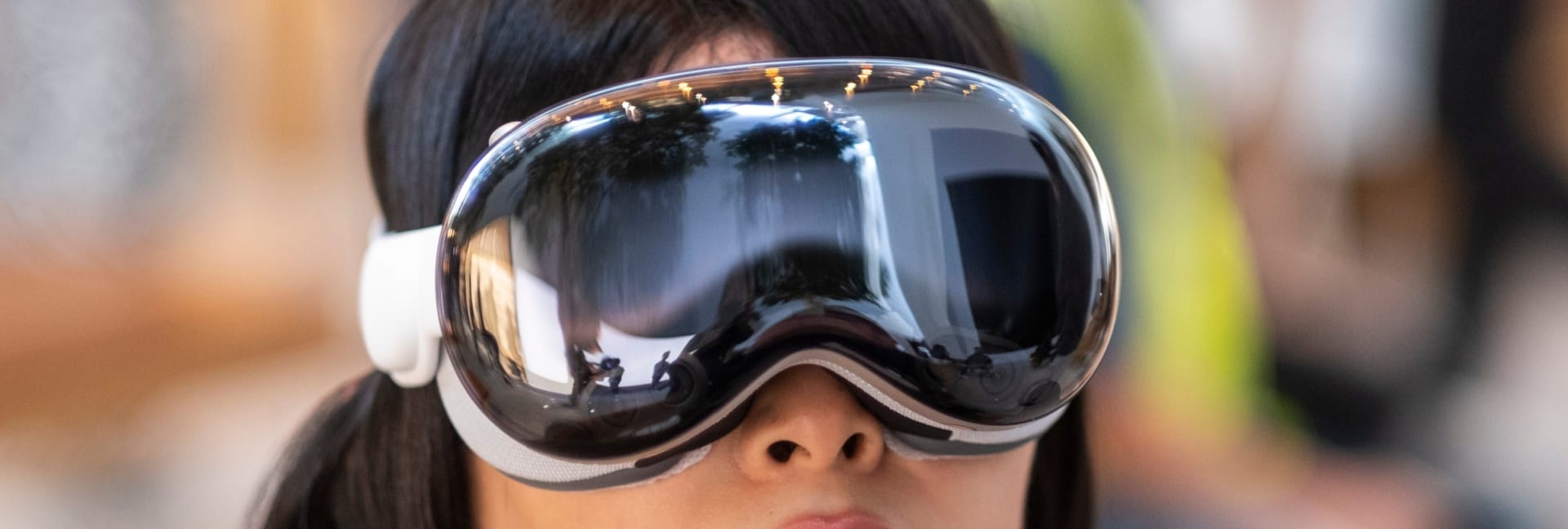
Now that we have practical, affordable and highly-realistic VR there’s always the question of what we’ll do with this technological tool. While most people are going to create VR experiences that will be education, scientific or educational in nature, there are going to be some applications that are more left-of-field. We’ve seen some weird stuff in the past, but a recent story from South Korea has got tongues wagging both within and outside the VR community.
Bring Out Your Dead
Sometimes, showing is much better than telling, so here’s the South Korean documentary that’s proven so controversial recently.
In case you can’t watch the video, it shows a woman by the name of Jang JiSung having a VR encounter with a digital replication of her deceased daughter, NaYeon. Wearing a VR headset and aided by a chroma-key setup, so the camera can see what she sees, we watch Jang JiSung interact with her “daughter”, sit down at a table and eventually put her to bed. It’s clearly a very emotional experience for her, despite this virtual recreation not being particularly realistic.
NaYeon’s recreation is animated pretty well, but this isn’t using ray-tracing or even proper collision detection, as we can see NaYeon’s hand clipping through her desk. None of this seems to make a difference to Jang, who perseveres through the entire experience.
It’s impossible to know how much of this was rehearsed, what Jang really feels or whether this is ultimately a good or bad thing for her personally. What we can dissect is this idea of resurrecting deceased loved ones in a realistic, interactive digital space.
The Ethics of Digital Necromancy
Ethics and morality deal with whether something is harmful in some way. That harm can come in various forms, but generally we want to balance the good or harm something can do. To apply it in an ethical way, within a particular moral framework.
That’s different from things that make people feel disgusted or uncomfortable. In other words, just because you feel something is “icky” doesn’t automatically make it unethical. For example, for centuries people were abhorred by the idea of learning anatomy from cadavers through dissection. However, what little harm this practice may hold is far outweighed by the good it has done in advancing our knowledge of medicine. Something that’s essential to making the life of the living better.
So what should we make of this digital necromancy? It’s not the first time the idea of creating a digital avatar of a deceased person. Services such Eternime and Replika use AI methods to create chatbots which sound like a real person, living or dead. They also retain facts about those people and can be pretty convincing. Even to people who knew the real person intimately.
Then there are robotic replicas of people. Hanson robotics famously created a robotic replica of author Philip K. Dick which can respond to question and can be, at times, eerily lifelike.
We also have the emerging phenomenon of bringing back deceased actors in films, such as Peter Cushing’s posthumous turn as Grand Moff Tarkin. That practice has been controversial, but that ethical discussion is somewhat less profound than the Korean example.
So why is this digital resurrection of a woman’s departed daughter pushing so many buttons?
Personalized Trauma Through VR
The special psychological risks of VR, if any, are still an open question. Modern realistic VR hasn’t been around long enough or widespread enough to cull any sort pattern or conclusive links between VR and traumatic experiences. However, it doesn’t take a full VR experience to get strong emotions via any media. If you’ve ever been terrified by a movie or cried after reading a sad story in a book you’ll know this first-hand.
I think the main reason this particular story has touched a nerve is because we, as human beings, are generally quite emphatic. We can put ourselves in jang’s shoes and imagine it would be pretty weird to encounter the digital ghost of your dead grandma or other loved ones.
For many people that idea is quite traumatic, but conceivably there are some people who would be comforted by feeling the presence of a simulation like this. It’s certainly going to be a highly personal choice should the technology and practice become widely available.
A Potential Form of Therapy?
We have been using VR as a way to treat certain types of anxiety disorder since the early 90s. Yes, even that primitive form of VR was useful to help people get over, for example, a fear of spiders or a fear of heights. Grief is complicated, but a simulation such as this, in the hands of a trained therapist, could be part of treatment for problems brought on by grief where someone isn’t completing the typical process of dealing with loss in a healthy way.
In the hands of laypersons, who knows? It may be a way for people to delay dealing with their grief. Perhaps indefinitely. Is that right or wrong? We can’t judge, but the potential impact on society is profound.
A Small Part of a Big Future
There’s more to these sorts of experiments than just the curiosity or shock factor. The AI simulations of people’s personalities will just become more sophisticated and in a perhaps distant future, it may become possible to preserve the information in people’s brains. Filling these empty digital ghosts with a real human mind. Now, that may never happen or not happen in our likely lifetimes, but early attempts such as this could very well go down in history has the first steps on a weird and fascinating road.







